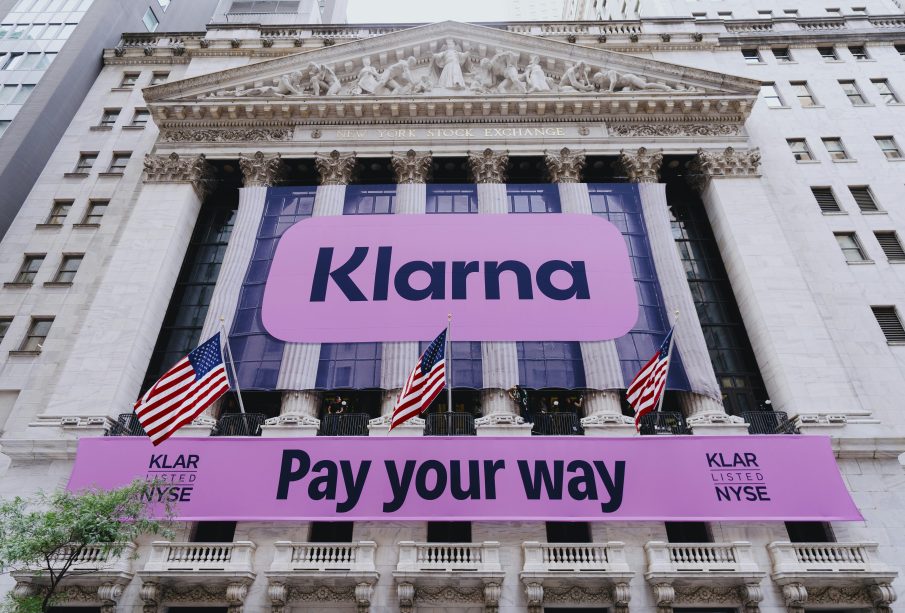Klarna’s Historic NYSE Debut: From BNPL Pioneer to Digital Banking Powerhouse

A Landmark Public Offering
Swedish buy-now-pay-later company Klarna has made its highly anticipated public debut on the New York Stock Exchange (NYSE), selling 34.3 million shares to investors at $40 per share – above the forecasted range of $35 to $37, valuing the company at more than $15 billion.
The initial public offering has raised approximately $1.37 billion, making it the largest IPO of 2025. The market’s enthusiasm was evident as shares opened 30 percent above their offer price, pushing Klarna’s valuation to $19.65 billion.
Evolution Beyond BNPL
As Klarna approaches this milestone, investors are closely watching the fintech firm’s transformation from a pure buy now, pay later (BNPL) provider into a comprehensive digital bank. While the company has become synonymous with the BNPL model, which allows people to split purchases into interest-free installments, recent months have seen Klarna working to convince the market that it’s more than just a one-trick pony.
Financial Performance and Growth
Klarna has demonstrated strong growth, with revenue rising 54% to $823 million in the second quarter compared to the previous year, driven by a 14% increase in its gross merchandise value to $6.9 billion. While the company reported a net loss of $53 million, this represents a 42% improvement from the $92 million loss recorded a year earlier.
Market Outlook and Future Prospects
According to Matthew Kennedy, senior strategist at Renaissance Capital, the booming IPO market shows no signs of slowing down. This is partly due to a three-year bottleneck of companies waiting to go public, particularly in the VC-backed tech sector. Investors are now willing to accept valuations that venture capital-backed tech companies find acceptable.
Looking ahead, Joakim Dal, a partner at Klarna investor Bullhound Capital, suggests the company should be valued more like a payments business challenging Visa and Mastercard’s dominance. Dal projects the company could eventually generate $10 billion in revenue and achieve 20% earnings before tax margins, potentially reaching a $50 billion valuation by 2030.








